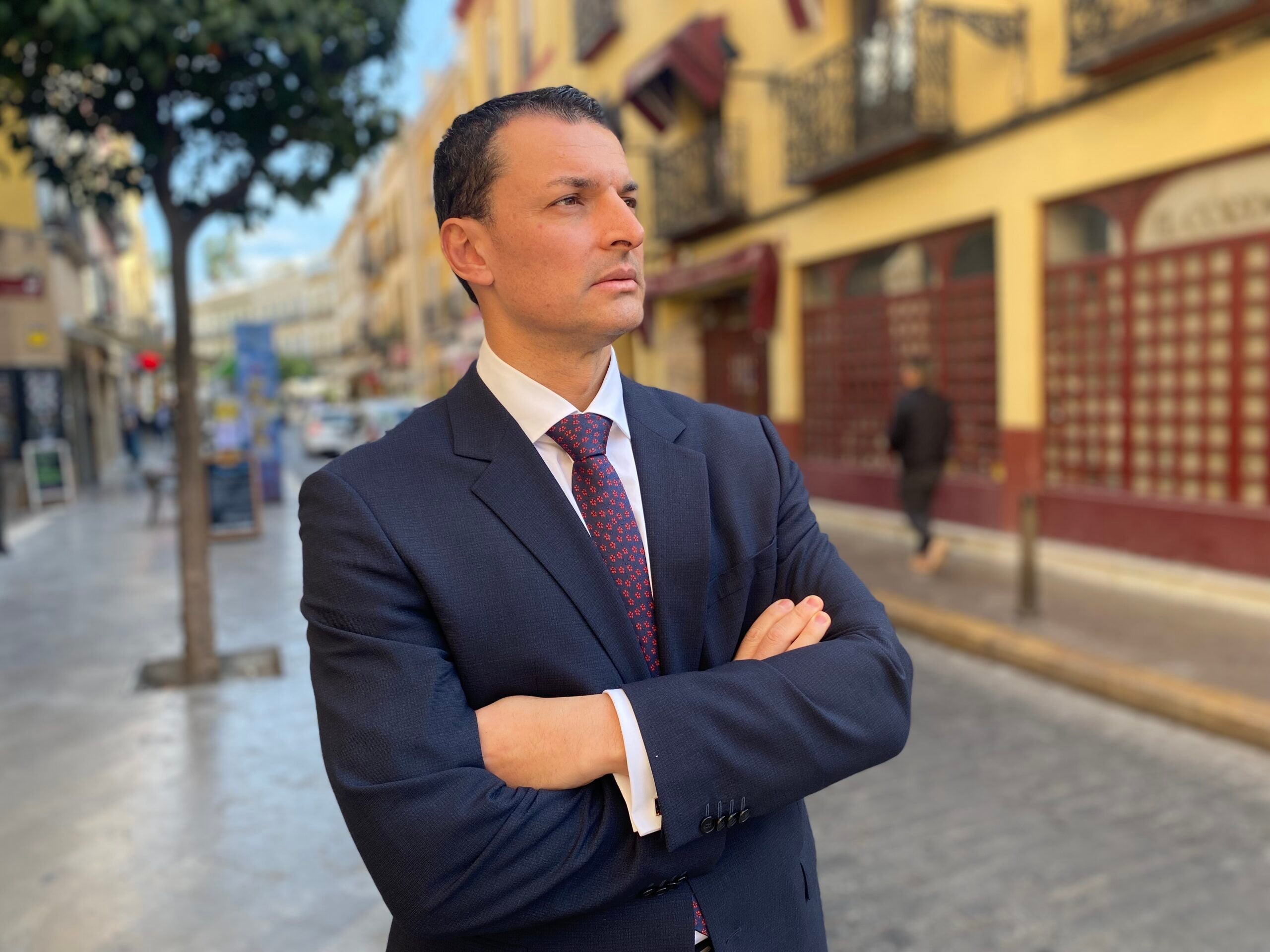Not everyone can immediately locate Andorra on the map, and that is the very thing that the country’s Minister of Economy and Enterprise, Jordi Gallardo, intends to change.
Situated between France and Spain in the Pyrenees mountains, Andorra has a population of approximately 77,500 and an area of 468km2. In 2021, it recorded a GDP of $3.1bn, total imports of $1.57bn and an unemployment rate of 2.5%.
The country’s economy revolves around services, with retail accounting for 17% of GDP, followed by real estate at 15%, the public sector at 14% and financial services at 12%.
In 2012, a foreign direct investment (FDI) law came into force, opening up the country’s economy to foreign investors. Since then, international investors, whether resident or not, may own up to 100% of any Andorra-based company. The law also liberalised restrictions on foreign professionals seeking to work in Andorra.
This change in law has proven to be hugely lucrative for Andorra. FDI went up by 7,600% between 2012 and 2021, and by 540% between 2017 and 2021, accounting for 18.7% of GDP at the end of last year.
Now, the government has embarked on a mission to diversify its economy and boost FDI – and it has decided to do so by improving innovation and technology across all sectors.

US Tariffs are shifting - will you react or anticipate?
Don’t let policy changes catch you off guard. Stay proactive with real-time data and expert analysis.
By GlobalDataGallardo says that the Digital Economy, Entrepreneurship and Innovation Law is ready to be approved in mid-2022 and will promote entrepreneurship visas and seek to attract digital nomads. It will also create special economic zones (SEZs).
What are the top sectors that the Andorran government is focusing on to attract FDI?
The government has embarked on an economic diversification project and has consulted the private sector to help identify priority sectors.
We came up with a list of 12, including blockchain, e-commerce, fintech, esports, health and wellness, biotechnology, sports, education, audio-visual production, green tech and alternative agriculture.
The public sector will focus on five of them – fintech, esports, health and wellness, biotechnology and sports.
The Digital Economy, Entrepreneurship and Innovation Law is one of the main government initiatives to promote investment in innovation and technology and to diversify Andorra’s economy.
Covid-19 has highlighted new needs and opened up opportunities. Under the new law, the government is seeking to promote entrepreneurship visas, create SEZs and create frameworks for co-living and co-working in order to attract digital nomads and start-ups, who can spur innovation.
Andorra has good connectivity, low energy prices and a very high quality of life, which makes it the perfect location to create an innovative technology ecosystem.
What are Andorra’s main attractions to foreign investors?
Andorra is a small country, and this should be seen as an advantage rather than a disadvantage. Over the past few years, and especially during Covid, we have proven that Andorra can work as a living lab for investors to test strategies before taking on bigger challenges.
During the pandemic, multinational pharmaceutical and chemical manufacturer Grifols was able to use our health data to analyse the behaviour of the virus on a small population. As a result, it decided to invest €25m into an immunology research centre in Andorra.
This has attracted the interest of similar players, and that is exactly what we are trying to achieve with our diversification strategy and innovation law.
Tourism used to be one of Andorra’s top sectors – what happened during the pandemic and how is it looking now?
Andorra attracts about eight million visitors per year. Before the pandemic, tourism accounted for about 60% of our GDP. The impact of the pandemic was significant. However, as soon as we were able to reopen, people came flocking back.
We are noticing a behavioural change around tourism as a result of the pandemic. People are choosing destinations that are closer to home and that focus on nature and well-being, and Andorra is perfect for this.
Why should investors come to Andorra?
Foreign investors should consider Andorra if they want to boost innovation and liaise with a business-friendly government. Andorra is a virgin market and offers a secure environment. It is not only a good place to invest in but also to live in.
What are Andorra’s main challenges in terms of FDI attraction?
We need to put Andorra on the investment map. We also need to change some of the bad messaging of the past. Andorra’s old perception as a tax haven could not be more outdated. We are now EU tax compliant, a member of the International Monetary Fund, and we have signed up to the OECD’s double taxation agreements and adhere to its common reporting standards.
We have worked hard to establish international partnerships and have so far worked with the Massachusetts Institute of Technology, Tech Barcelona and the Israel Innovation Institute, among others.





